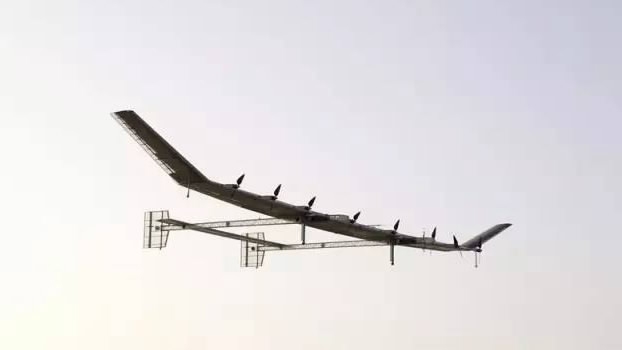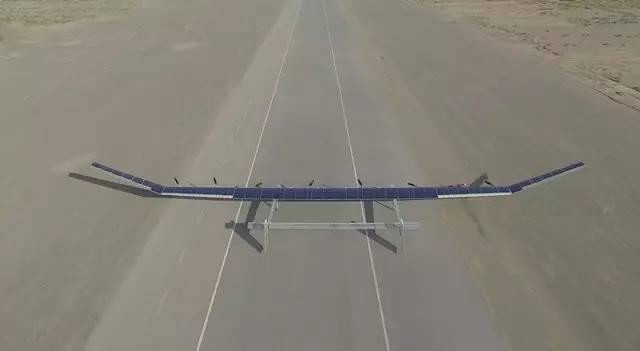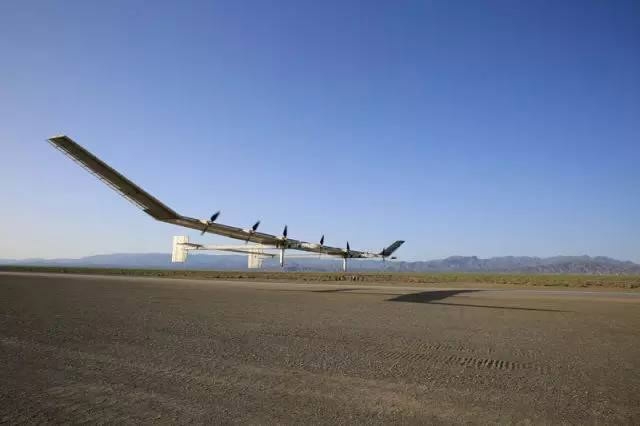China's first solar-powered unmanned aerial vehicle (UAV) – domestically designed and manufactured – successfully reached an altitude of 20,000 meters during a test flight in the country's northwest regions.
Named "Caihong" (CH), or "Rainbow" in English, the solar drone was developed by a research team from China Aerospace Science and Technology Corporation.
China is the third country to have a working solar-powered drone that can reach near space heights, following "Helios" of the US and "Zephyr" of the UK.

Rainbow took off /CCTV Photo
Reaching near space
The team behind the aircraft said the drone flew smoothly in near space for over 15 hours, completing its scheduled path and landing securely afterwards.
Near space is the region of Earth's atmosphere that lies between 20 and 100 kilometers above sea level, an area where air is too thin for traditional, fuel-powered planes.
Solar drones are able to overcome these problems because they are powered by the Sun. Li Guangjia, director of the Rainbow project, said China's solar drone will be able to fly for extended periods of time.

Near space encompasses the stratosphere, mesosphere, and the lower thermosphere. /VCG Photo
Renewable energy and development challenges
Solar panels cover nearly every inch of the surface of the plane’s 45-meter wing span. Excess energy these panels collect is stored in batteries, and this power is used at night. Theoretically, these planes can fly for as long as the durability of their components will allow.

Rainbow, with a wingspan of 45 meters, is covered with solar panels. /CCTV Photo
The research team said several technical problems had to be overcome in the plane’s development. These challenges were in the areas of aerodynamics, flight control, and energy consumption. For instance, perfecting a system for controlling the plane in bad weather took an entire year.
The sky's the limit on possible applications
With its maximum flight altitude, the plane can serve as a more flexible, economic satellite operating in near space for both civic and military use. The aircraft is expected to help authorities in dealing with major natural disasters, sea area monitoring, emergency rescue, anti-terrorism and peacekeeping
In addition, it can extend Wi-Fi signals, mobile communication or digital broadcast signals to remote areas, saving money from the construction of conventional telecom supplies.

Rainbow successfully landed after reaching near space. /CCTV Photo
The UAV will also be useful in forestry and agricultural surveying, as well as in the early warning and real-time monitoring of disasters.
"In earthquake, flood or forest fire situations where telecommunications are cut off, such vehicles may provide services to maintain communication with the affected areas," the Rainbow team said.









